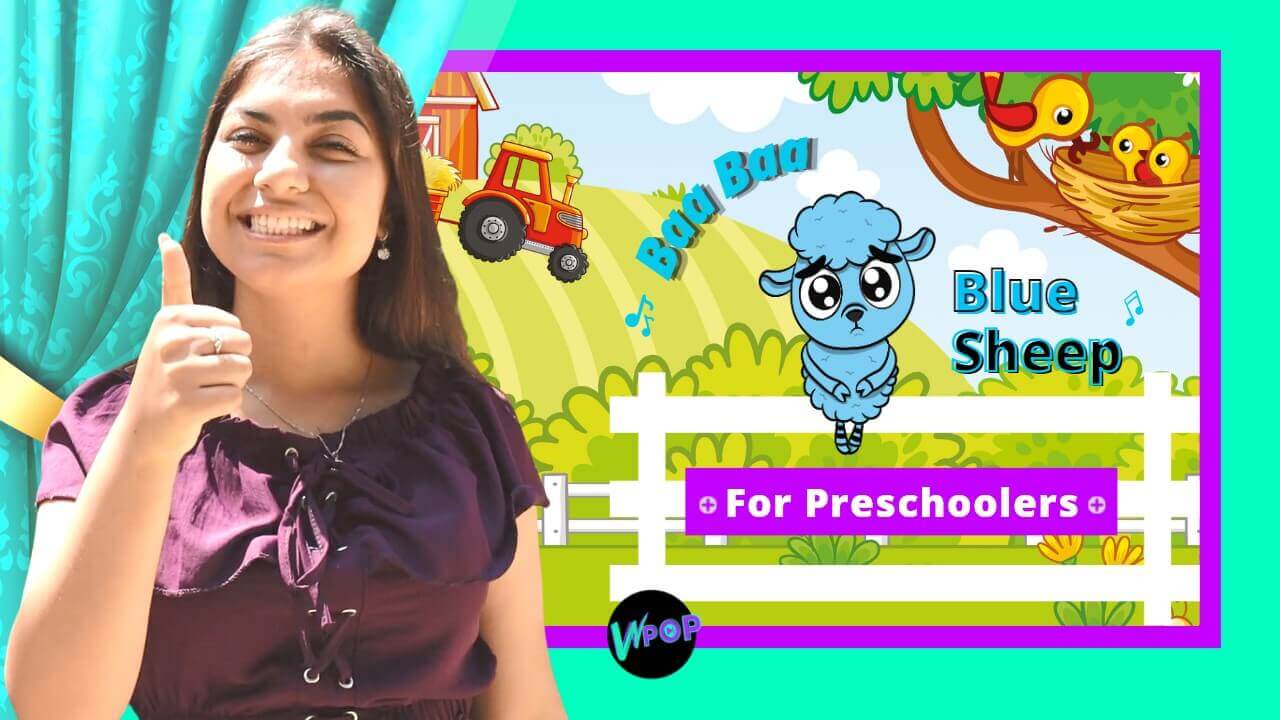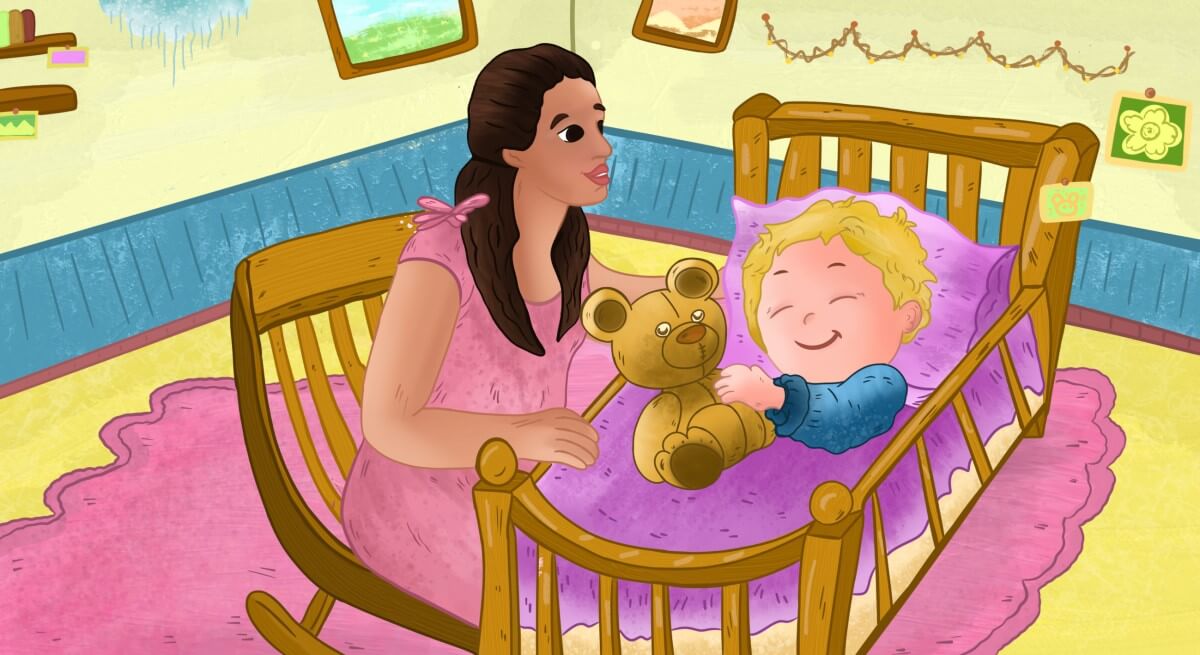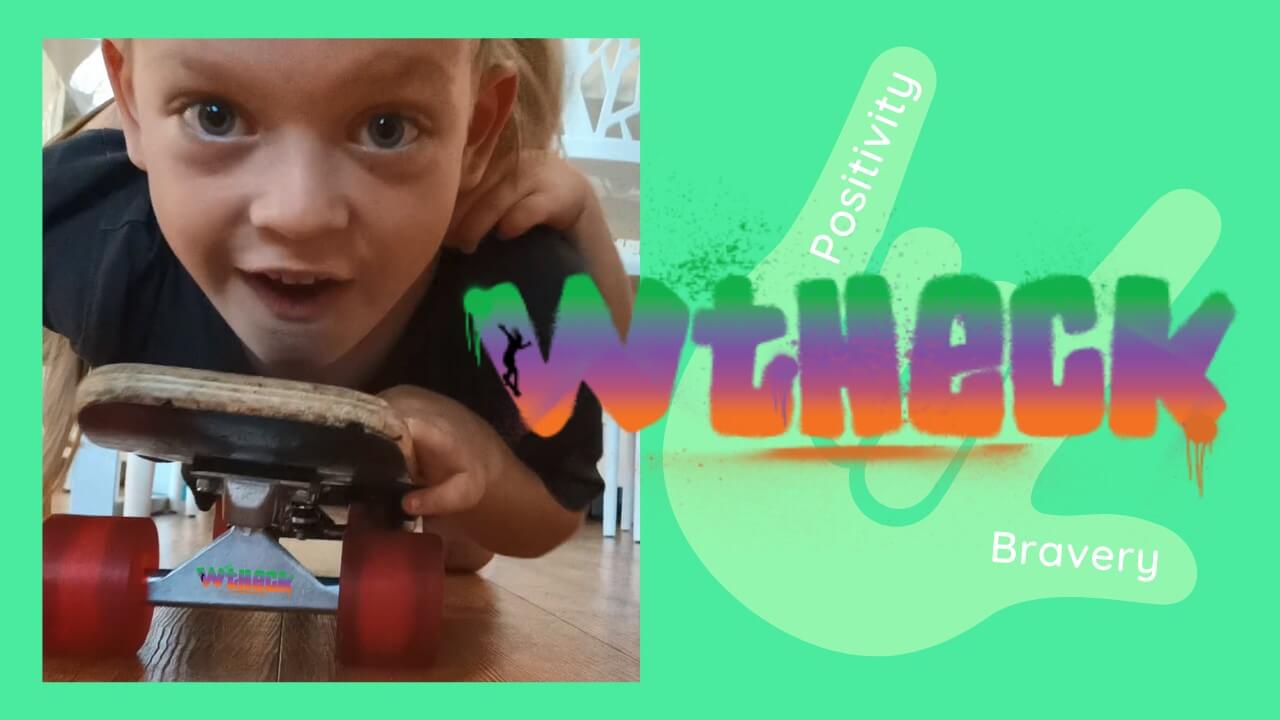What Parents Need to Know (and How to Support Your Child)
From 10 December 2025, Australia is introducing new age requirements for social media. If your child is under 16, these changes may affect them — and you may be wondering what it all means.
This guide explains the new rules in simple, caring language so you can feel confident and prepared. It’s based on official guidance from the eSafety Commissioner, using only reputable Australian sources.
🌱 Why are the rules changing?
The goal of the new law is to make online spaces safer for children and young teens. Social media can be fun, but it also comes with risks — especially for younger users who are still developing emotionally and socially.
According to the eSafety Commissioner, children under 16 are more vulnerable to things like:
-
cyberbullying or harassment
-
unwanted contact from strangers
-
exposure to violent, sexual or harmful content
-
addictive design features (such as endless scrolling)
-
pressure around appearance, popularity or “likes”
The new rules act as a protective buffer, giving kids more time to grow, build resilience, and learn digital skills before entering the full world of social media.
🌟 What exactly is changing?
From 10 December 2025:
-
Kids under 16 won’t be able to create new accounts on certain social media platforms.
-
Platforms will also need to take steps to close or restrict existing under-16 accounts.
-
Children and parents will not be punished — the responsibility falls on the platforms, not families.
-
Some content may still be viewable without an account, but logged-in features like posting, commenting or messaging will be restricted.
This shift is about platform accountability, not policing your child.
💬 Is it really a “ban”?
Not exactly.
The eSafety Commissioner calls it a delay, not a ban.
Your child isn’t in trouble. You aren’t in trouble.
The new rules simply require platforms to prevent under-16s from maintaining accounts.
Think of it as a gentle pause — a chance for children to grow before they’re expected to handle the pressures and complexities of social media.
📱 Which apps are affected?
The rules apply to major social media platforms where users:
-
share posts
-
follow others
-
comment or message
-
build public profiles
This includes platforms like TikTok, Instagram, Snapchat, Facebook, X, and YouTube when logged into an account.
💡 What about YouTube, including kids’ music channels like WPop Music for Kids?
This is a common question for many parents.
-
Children can still watch YouTube videos, including kids’ content and music channels, without logging in.
-
Watching videos is not restricted under the new rules.
-
Only account-based features are affected, such as:
-
commenting
-
liking videos
-
posting content
-
personalised recommendations
-
-
Kids can simply watch YouTube as usual — just without being signed into an account if they’re under 16.
So channels like WPop Music for Kids (or any other child-friendly content creators) remain fully accessible. Children can still enjoy their favourite music and videos exactly as they do now.
🔍 How will it be enforced?
Platforms must take “reasonable steps” to confirm age and restrict under-16 access.
This may include:
-
Checking date-of-birth information
-
Asking for age confirmation
-
Using behavioural signals to identify under-age accounts
-
Limiting or closing accounts where needed
Importantly:
-
Children won’t be asked to upload ID unless absolutely necessary
-
Privacy laws strictly govern how platforms handle any age-verification information
-
Kids and parents are not liable if a child tries to access social media
Again — the responsibility is on the platform, not your family.
💛 How to support your child through the change
For many young people, social media is a big part of their world. Losing that access — even temporarily — can feel confusing, frustrating or upsetting.
Here’s how to make this transition gentler and supportive.
🫶 1. Start with empathy
Let them know you see them and you understand.
Try:
“I know this might feel hard. I’m here to help you through it.”
Give them space to talk about:
-
what they’ll miss
-
what they’re worried about
-
what they feel they’ll lose
Simply listening can make a huge difference.
📝 2. Make a plan together
Sit down and map out:
-
which apps they currently use
-
what they enjoy about them
-
which friends they connect with
-
what they’re afraid of missing
Then explore alternatives:
-
supervised messaging apps for close friends
-
phone calls or video chats
-
offline hobbies and creative activities
-
shared family activities
-
YouTube viewing without an account
When young people feel involved in the plan, the transition becomes easier.
📦 3. Help them “offboard” safely
Before accounts are restricted:
-
Back up important photos or videos
-
Remove personal information they no longer need online
-
Encourage them to share contact details with close friends
This gives them a sense of control.
🧠 4. Build digital wellbeing skills
Use the upcoming changes as a chance to talk about:
-
how social media algorithms work
-
why some content is addictive or harmful
-
how to stay safe online
-
recognising red flags in messages or comments
-
managing digital identity and privacy
These conversations set them up for healthier online habits later.
🧡 5. Create healthy routines at home
You might:
-
Set device-free zones (like bedrooms at night)
-
Plan shared offline hobbies
-
Watch videos together and chat about what you see
-
Keep devices in common spaces
-
Use basic parental controls to support them
Small routines make a big impact.
🌥 6. Keep an eye on emotions
Some kids will adapt quickly. Others may feel:
-
isolated
-
embarrassed
-
lonely
-
frustrated
-
“out of the loop”
Signs they may need extra support include:
-
withdrawing from friends
-
sleep issues
-
irritability
-
hiding device use
If needed, reach out to school wellbeing teams, Kids Helpline or your GP.
You don’t have to navigate this alone.
🌼 A reassuring reminder
You are doing your best — and that’s enough.
There is no perfect way to manage this shift. What matters most is:
-
staying connected
-
staying compassionate
-
keeping communication open
-
supporting your child’s emotional wellbeing
This change can be a positive turning point for your family — a chance to reset digital habits, strengthen relationships, and help your child build stronger online resilience for the future.
📚 Trusted Australian source
eSafety Commissioner — Social Media Age Restrictions
https://www.esafety.gov.au/parents/social-media-age-restrictions






















Leave a comment (all fields required)